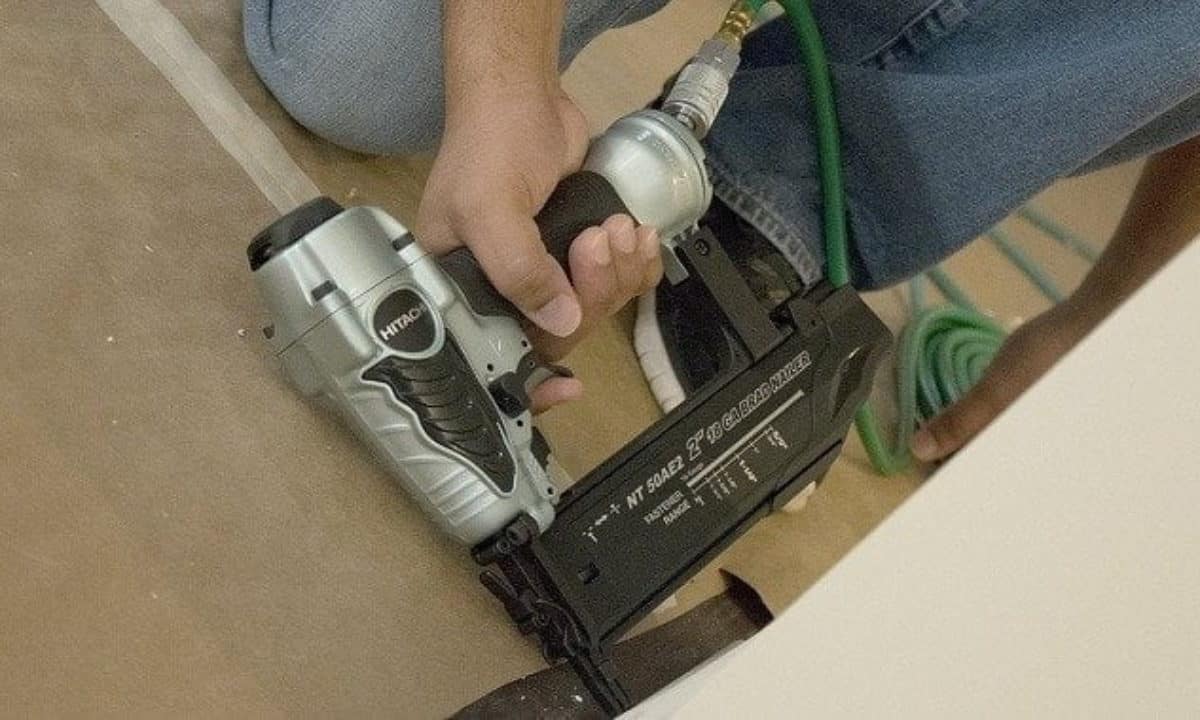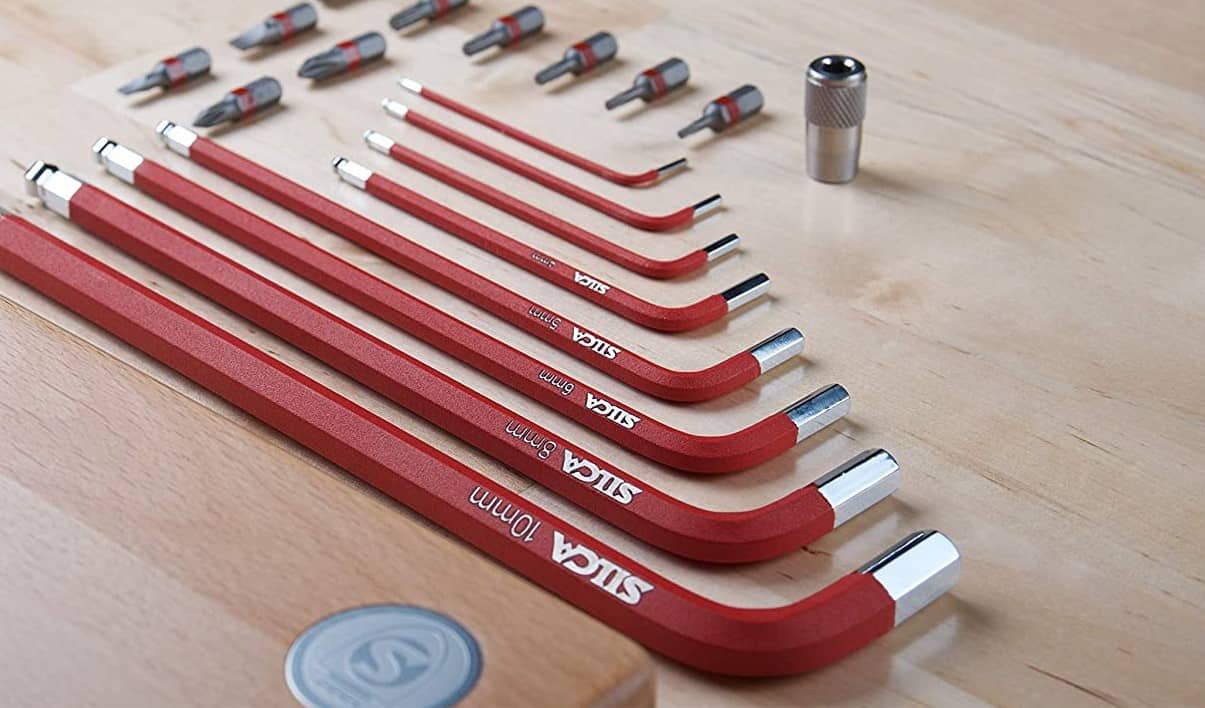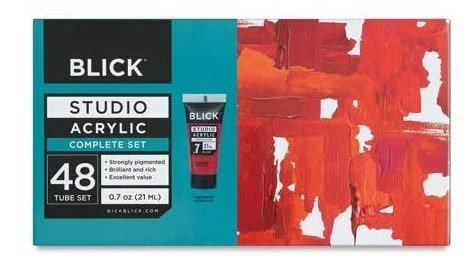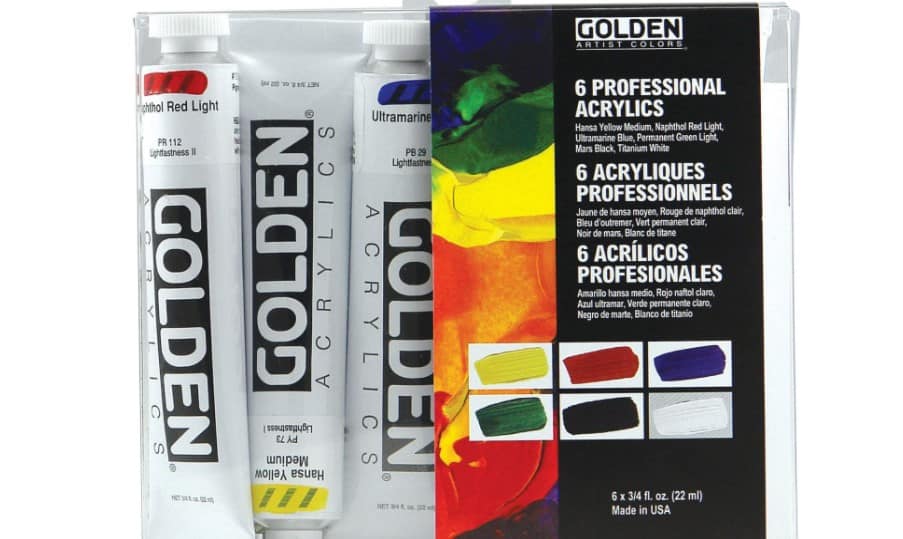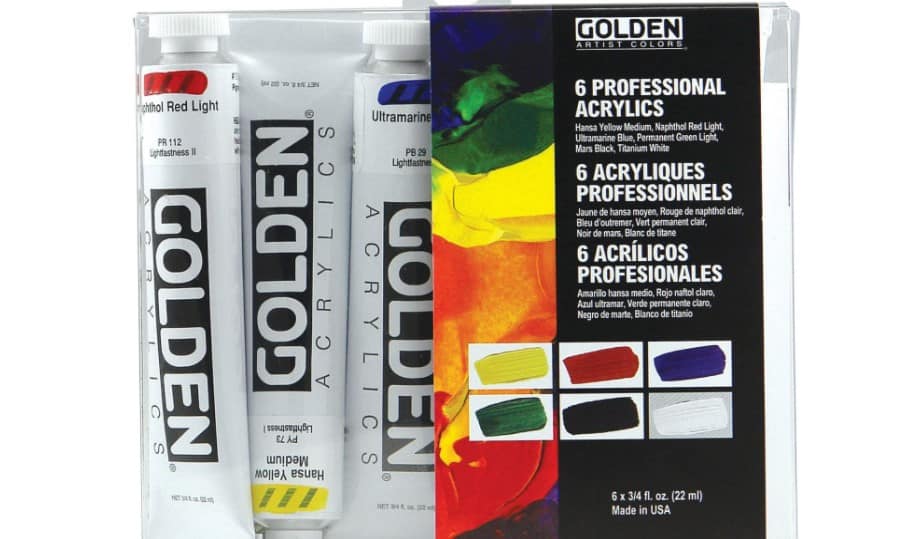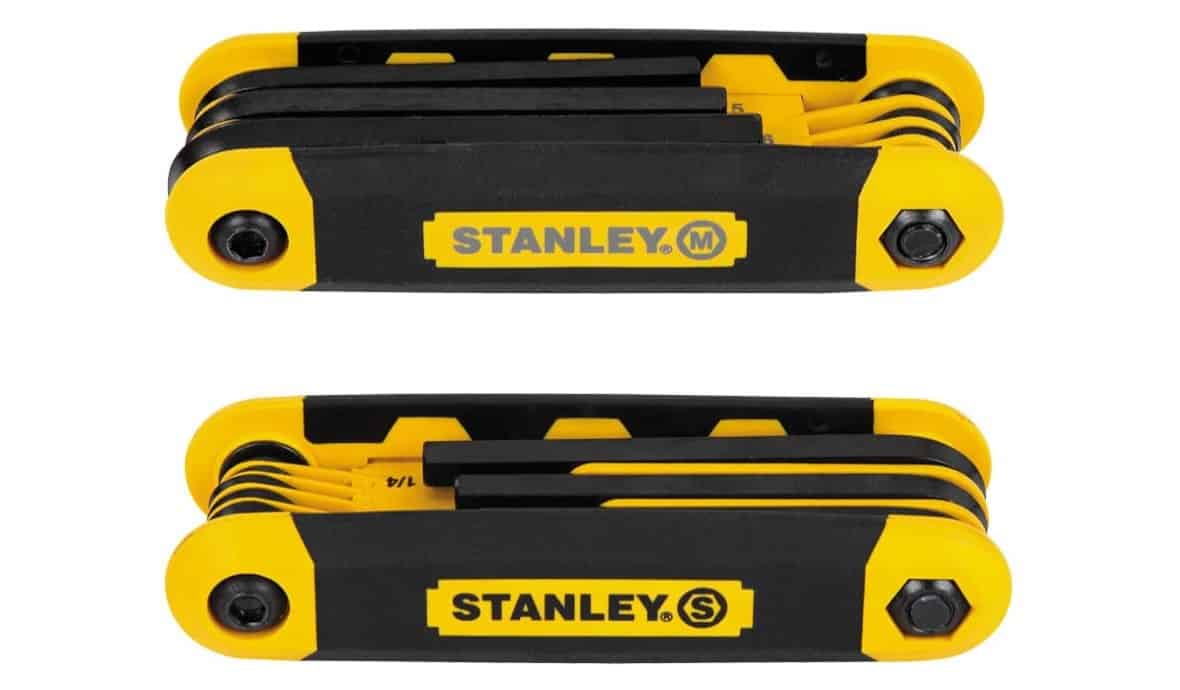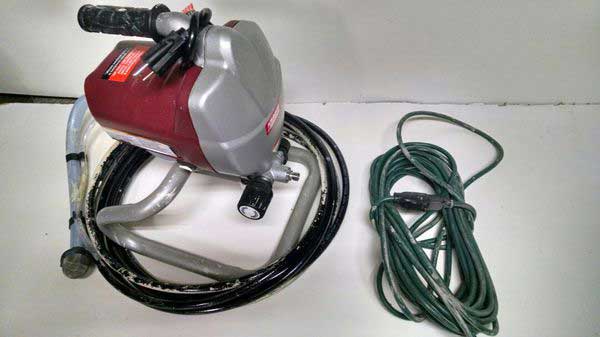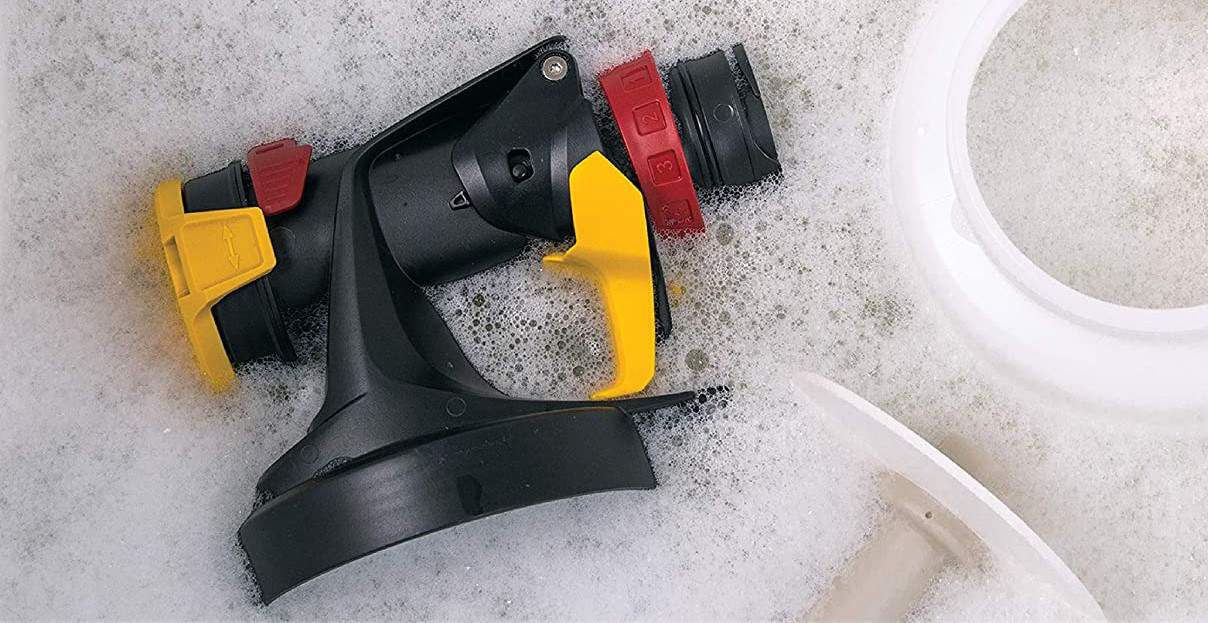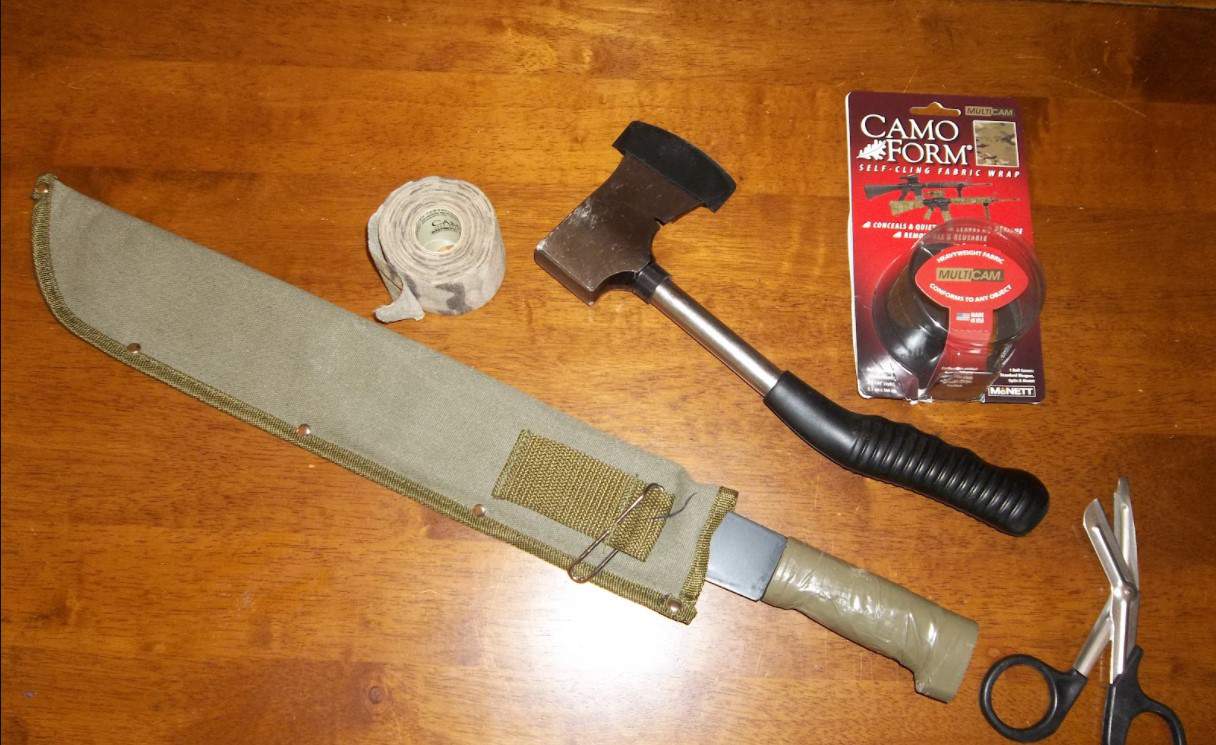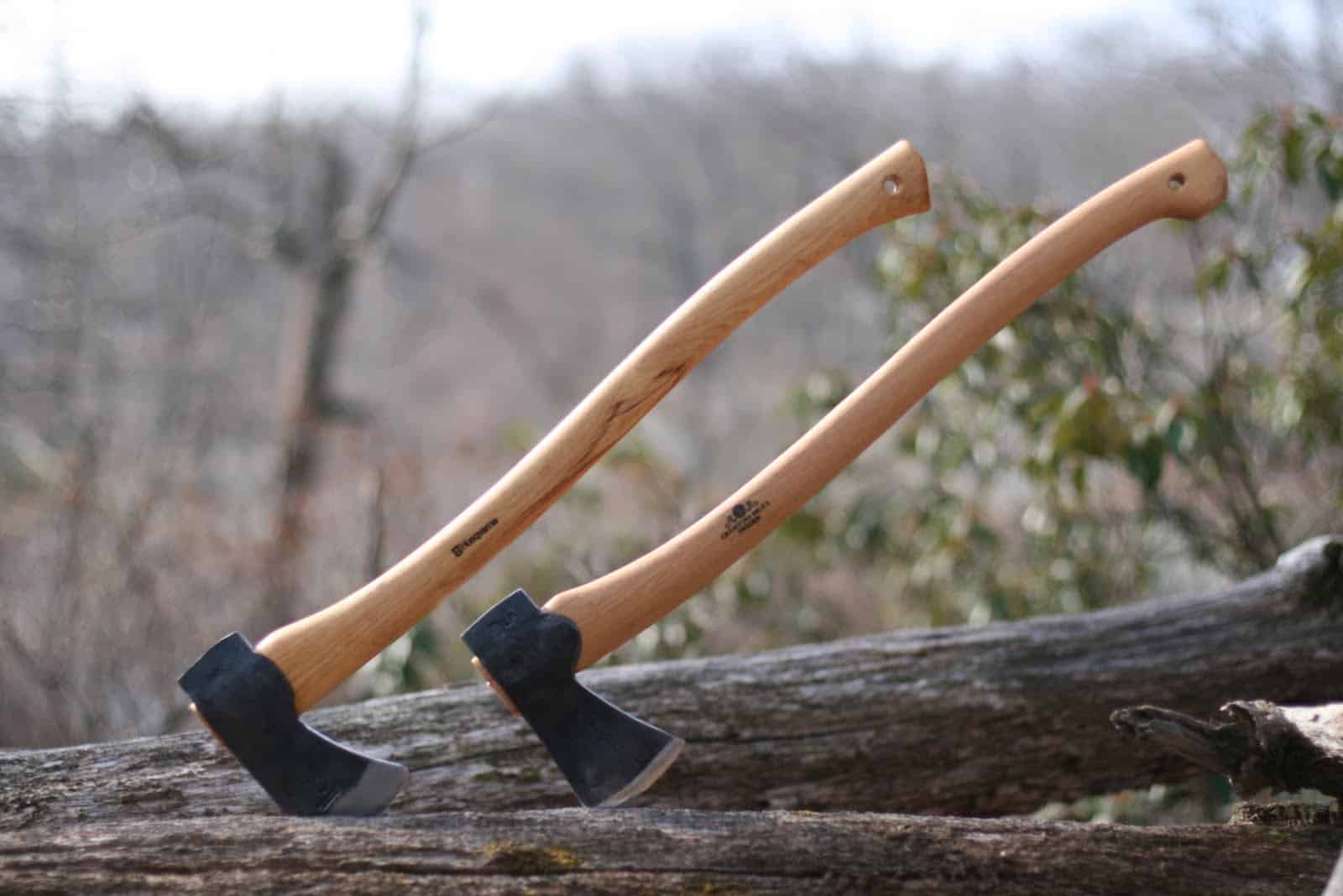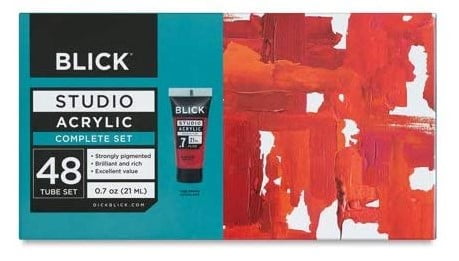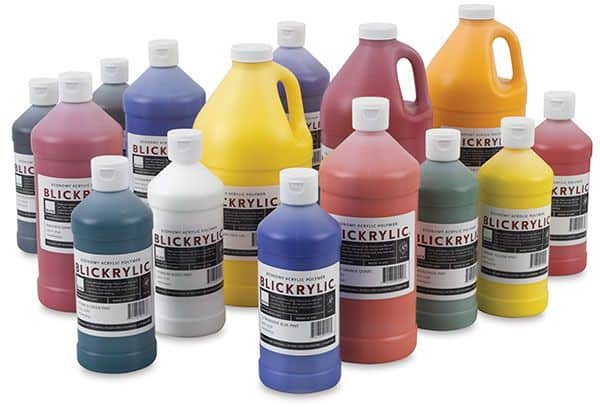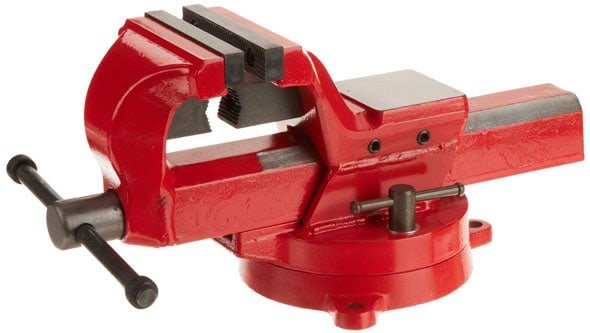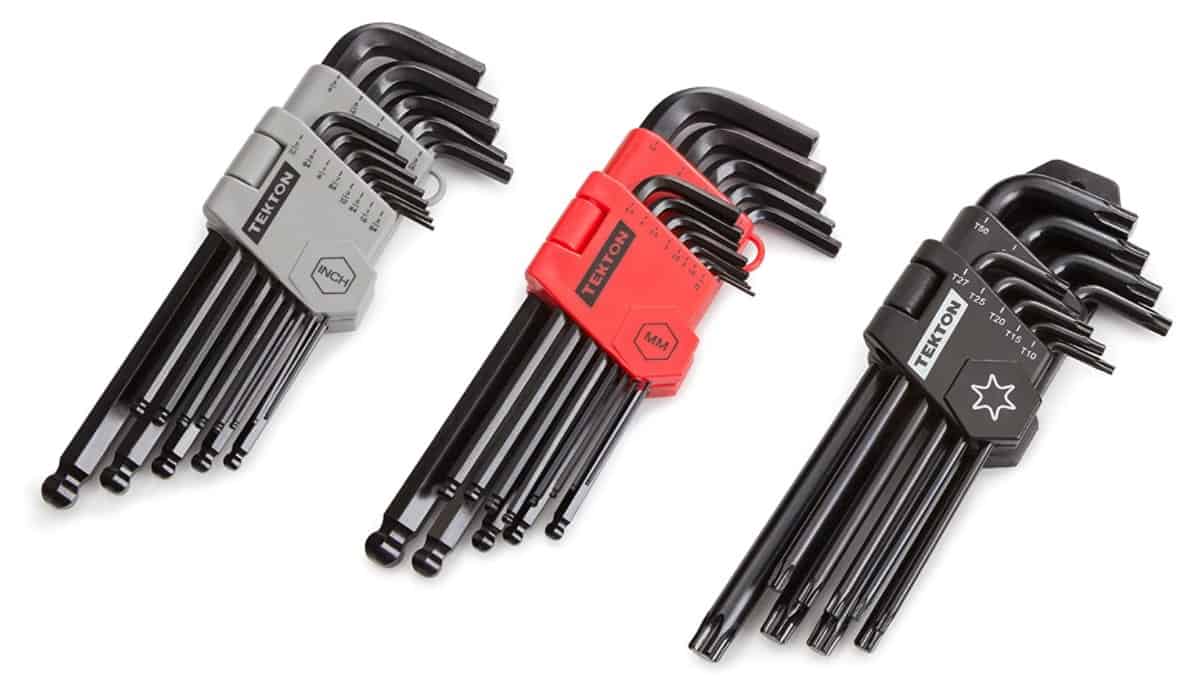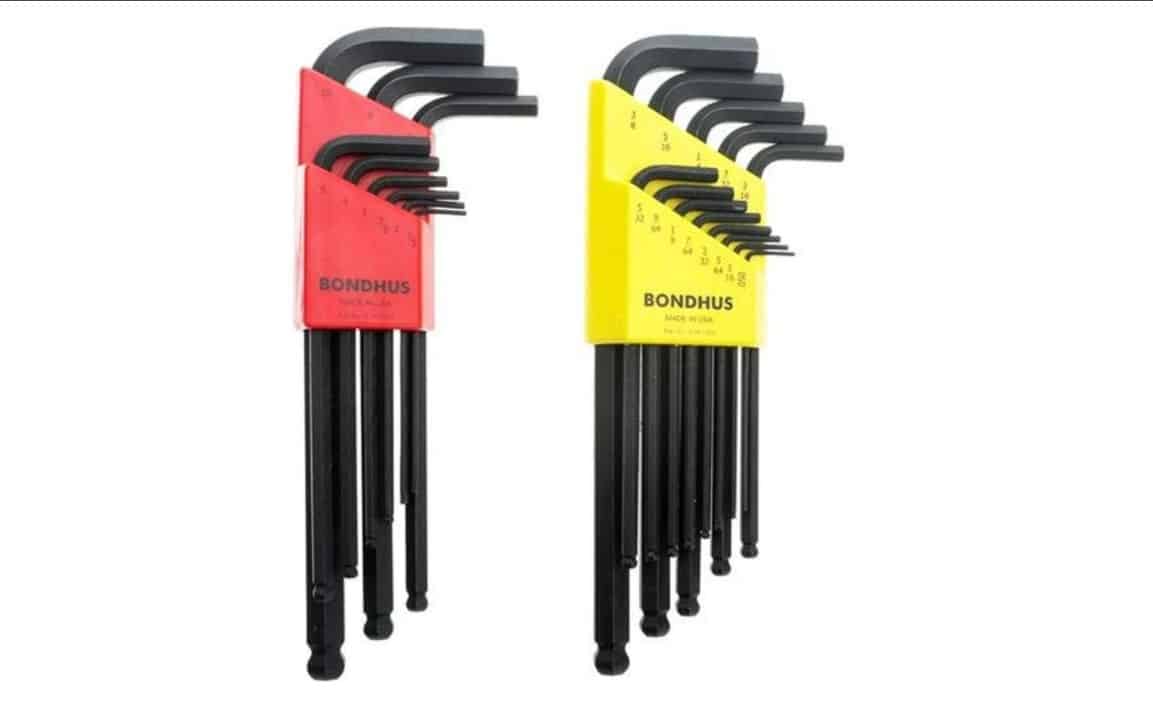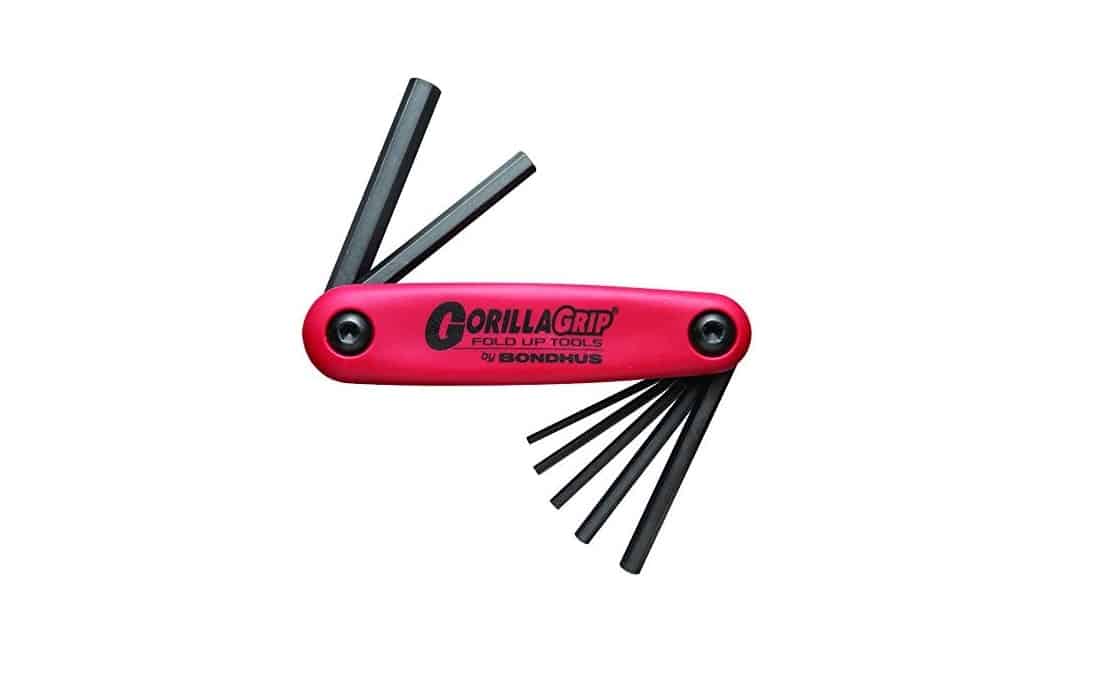The best tile saw you can buy today is the SKIL 3540-02 7-Inch wet tile saw. We thought it was the best tile saw because of the solid 3,600 RPM rating and the fact that you could still achieve miter and bevel angle cuts. A tile saw is one of the best tools that can make your work efficient.
To determine the best tile saw, we looked at the following features: saw type, weight, wet vs. dry blades, power, and safety features. We focused on tabletop wet tile saws but looked for a range of weights to support occasional and avid users. We also prioritized power, knowing that while our picks are focused on the at-home user, many people may tackle more extensive projects that require higher RPM ratings. Keep reading to learn more about the rest of our top picks.
Top 6 Best Tile Saws
#1 SKIL 3540-02 7-Inch Wet Tile Saw
Award: TOP PICK
WHY WE LIKE IT: We think this is the best tile saw because it features a solid 3,600 RPM rating, supports miter and bevel angle cuts, and features a cooling reservoir to prevent overheating.
- Blade cooling water reservoir prevents overheating
- 3,600 RPMs ideal for typical at-home usage
- 0 to 45-degree mitered angle and 0 to 45-degree bevel positive stop
- Not ideal for cutting tiles larger than 8”
Whether you’re an experienced DIYer or are just thinking about getting into at-home tile work, we think you’re going to like our Top Pick from SKIL. This tabletop wet tile saw features a rust-resistant stainless steel top that’s designed to fit tiles up to 12 by 12 inches. We think this is the best tile saw because it features a solid set of features that makes this product intuitive and easy to use.
First, you’ll appreciate the 3,600 RPM rating which means you should have more than enough power to work through a range of home projects. We also like that this model supports miter and bevel cuts ranging from zero to 45 degrees. You’ll also like that there’s a cooling water reservoir to keep your blade and tile cool and prevent overheating. This tile saw features a seven-inch diamond blade that’s rated for use with stone and masonry tile. You can make 7.75-inch cross cuts and 7.25-inch diagonal cuts. If you love outdoor work, also check out the best gas chainsaw.
#2 Delta 96-107 7” Cruiser Wet Tile Saw
Award: HONORABLE MENTION
WHY WE LIKE IT: A heavy-duty power tool with 5,300 RPMS and a serious rail system that encourages more precise cuts makes this the best tile saw for cutting rocks.
- Best quality
- Features a heavy-duty rail system for more precise cuts
- Dual water nozzles for better dust reduction and to keep tile cool as you cut
- Heavier weight than other tile saws in our guide
For people that are serious power tool users, they know that more RPMs are essential if you’re going to push through more intensive projects. We think our Honorable Mention pick from Delta is powerful enough to help you tackle more complex projects. With 5,300 RPMs, 13 amps, and a serious rail system, we think this is the best tile saw for cutting rocks.
We also like that this tile saw features dual water nozzles which help to keep dust at a minimum while also keeping the blade and your cutting surface cool during operation. You’ll like that the rip fence features positive stops at zero, 22.5, and 45 degrees. You’ll like that you can make cuts that are 2 ⅜ of an inch deep too. This saw can also achieve diagonal cuts up to 18 inches and features a rip capacity of 24 inches. If you need a saw to make smaller,, wooden cuts, you might want to also consider the best small chainsaw.
#3 Porter-Cable PCE980 Wet Tile Saw
Award: BEST FOR PORCELAIN
WHY WE LIKE IT: A smartly designed saw with miter capabilities, a blade rated for use with porcelain, and a drain plug for quick clean up.
- Splash guard prevents getting soaked
- Sturdy tabletop design
- Features drain plug for quick cleanup
- Not as powerful as some picks,l with 2,850 RPM rating
If you’re experienced with tile work, you know that some materials are more difficult to work with than others. We selected this Porter-Cable as our best tile saw for porcelain because it includes a seven-inch blade that’s rated for porcelain. While this wet saw doesn’t have a high RPM rating (2,850 RPMs), we do like that it features a sturdy tabletop design and an onboard miter square for a more precise cutting control.
Plus, we like the intuitive design of this tile saw that includes a splash guard to keep water from spraying on you as you work. The roll cage also makes moving this power tool easy to do — especially since it only weighs 32 pounds. But the star of the show here is the easy cleanup thanks to the drain plug that makes pouring out any used water a breeze. You’ll want this alongside your best jigsaw for your next project.
#4 Tacklife Circular Tile Saw with Metal Handle
We’re sorry, this product is temporarily out of stock
Award: BEST HANDHELD
WHY WE LIKE IT: A handheld multipurpose saw that’s designed to cut through wood, softer metal, tile, and plastic with a laser guide.
- 3,500 RPM makes this perfect for DIY home projects
- The only saw designed for wood, tile, plastic, and soft metals in our guide
- Comes with 6 blades to tackle a range of projects
- Weight may be too heavy for some users to operate single-handed
Not everyone needs a dedicated tile saw, nor do they always have the space to store a tabletop saw. So, we nominated the Tacklife Circular Saw as not only the best handheld but the best multipurpose tool in our guide because of the fact that it can tackle a range of cutting projects, which makes this more versatile and useful for the home power tool user. This is the only saw in our guide that’s rated to cut wood, tile, plastic, soft metals, and of course tile. Plus, this model comes with six blades with varying grits to give you that multipurpose capability. To place it well on your tool box, you can check out the best tool box liner.
The solid 3,500 RPM rating makes this powerful enough to tackle most DIY or home projects. You also get flexible bevel cutting at 45 and-90 degree angles. And the laser guide helps to ensure that your cuts are precise. There’s also a double protection switch that keeps this power tool from opening during operation for added safety. You’ll also get a stable operation. However, at 8.2 pounds, some users may feel that this is too heavy for single-handed operation. So, it’s best to keep the item you’re cutting securely attached to a stable surface such as a vise. While you’re looking into saws, also take a look at the best pole saw.
#5 Leegol Electric 7-Inch Wet Tile Saw
Award: BEST ON A BUDGET
WHY WE LIKE IT: A very affordable miniature tabletop tile saw with a solid RPM rating, 3,550 RPM, that’s perfect for beginners or occasional DIY enthusiasts.
- Compact size is ideal for smaller projects
- 3,550 RPM rating is great for DIY enthusiasts
- Supports bevel and miter cuts from 0 to 45 degrees
- Inconsistent customer support
Power tools can be a serious investment that can set your wallet back quite a bit. So, if you’re just starting with power tools, and especially with tile saws, we think you’ll like our best on a budget pick from Leegol. We like that this affordable solution is a smaller sized tabletop tile saw that still features a commendable 3,550 RPM rating. We like that you can still make miter and bevel cuts ranging from zero to 45 degrees.
And while this is a budget-friendly find, we do like that you still get great features such as the blade cooling water reservoir. The tabletop is chrome plated to resist corrosion. Plus the seven-inch blade is designed to work with masonry as thick as one inch. You’ll also like that this power tool comes with one spanner wrench and one nut driver. Check out the best chainsaw too, especially if you’re moving beyond the interior of your home.
#6 MK Diamond 7-Inch Bench Wet Tile Saw
Award: BEST COMPACT DESIGN
WHY WE LIKE IT: A truly compact tile saw that weighs only 15 pounds means that it’s designed with portability in mind so you can easily move it around your home.
- 5500 rpm, highest rating in our guide
- Great option for work crews that switch sites frequently
- Features Safeswitch locking key for added operational safety
- Not ideal for power users
- Smaller size may encourage more vibrations
Not everyone has a dedicated workshop where they can leave large power tools sitting stationary between projects. This is why we included this tile saw from MK. We like that this is the smallest saw in our guide, coming in at just 15 pounds. Because of this, we think it’s best for occasional DIYers and home use – even though it has the highest RPM rating in our guide.
While it features a 5,500 RPM rating, we did note that a common issue was the small size encouraged more vibration during operation. But we also like that this model features a Safeswitch locking key that ensures the tool can’t be turned on unless the key is inserted. Likewise, we noted in our research that this is the only tile saw in our guide that lacks miter or bevel cut support. So, we truly believe this is a great basic option for beginners or occasional DIY users who only need to perform simple cuts.
See Also: You may also want to check out the best thermal imaging camera for your construction needs.
How We Decided
Whether you’re a DIY crafter or are thinking about tackling a home remodeling project, a tile saw can be a useful power tool to have around the home. To create our guide, we focused on the following features — saw type, weight, wet vs. dry blades, power, and safety features. Note that the majority of the saws in our guide are tabletop wet tile saws except for #4 which is a handheld saw that also lacks the wet feature. Except for our #4 pick, all of the saws in our guide come with wet blades that are seven inches in diameter.
The two biggest defining differences between the saws in our guide were weight and power ratings. We saw a wide range of weights from extremely light (#7 with 15 pounds), to our Honorable Mention that was the heaviest at 63 pounds. However, it was also the most comprehensive option in our guide with the most features, which is why we nominated it as our Best Quality pick.
The power rating is important, especially if you plan on being a heavy-duty user. Our Honorable Mention and #7 picks had the highest rating with 5,300 and 5,500 RPMs respectively. Our Best for Porcelain pick, while ideal for specialized materials, also had the lowest RPM rating at 2,850. The remainder featured commendable RPMs for at-home use in the 3,500 range.
Best Tile Saw Buyer’s Guide
The Most Important Factors to Consider
- Saw Type
Tile saws are not a one-size-fits-all affair. There are four main types of tile saws: snap/rail cutters, handheld wet tile saws, tabletop wet tile saws, and overhead motor wet tile saws. Snap or rail cutters are the most affordable option but aren’t rated for cutting stone. Handheld wet tile saws are ideal for making specialty cuts, touching up previous score marks, and are safe for use with natural or artificial tiles. Tabletop wet saws are similar to the handheld wet saws except you move the tile through the cutting area as opposed to moving the saw. An overhead motor wet saw has the best accuracy and feeds the tile through the cutting area thanks to the rail system. - Portability
Depending on your project, you might prefer to have a tile saw that’s ultra-portable. Handheld saws are the most portable option and should be light enough that you can comfortably use it for long periods. Ideally, look for models that are between 60 to 80 pounds. - Water Source and Drains
Because of all the dust accumulated from cutting tile, you want a reliable water source to keep dust buildup to a minimum. Likewise, a tile saw with a drain makes cleaning up easy once you’ve finished your job. Opt for models with a plug or release catch as opposed to ones where you need to manually pour out the water. - Wet vs. Dry Blades
Most people will prefer a wet tile saw as opposed to a dry one. Wet tile saws rely on water to help minimize dust but can also be used without a water source. Even though you should always wear a mask when using a saw, if you’re using a dry saw, you’ll need to wear a mask to avoid breathing in dust or other particles as you use the saw. Specifically, a wet saw should feature diamond blades that are more durable and offer more consistent cutting. - Power
As is common with power tools, the higher your RPM rating, the more power you have at your disposal. Most tile saws range between 3,000 to 6,000 RPMs. Most at-home or DIY users should be fine with at least 3,500 RPMs. But if you’re working on bigger projects, a higher RPM is recommended so that you have enough power to push through your tasks. - Blade Versatility
Unless you know that you’ll only be working with one type of tile for the rest of your life, finding a tile saw that can accommodate a variety of blade types is going to be important. - Safety Features
Safety is always important when you’re working with power tools. Along with wearing protective eyewear and a mask, you should also look to see if your tile saw offers overload protection. This feature ensures that your motor won’t overheat if you’re using it for prolonged periods.

![6 Best Tile Saws in [year] 1 Best Tile Saw](https://www.gadgetreview.dev/wp-content/uploads/best-tile-saw.jpg)


![6 Best Tile Saws in [year] 2 SKIL 7-Inch Wet Tile Saw - 3540-02](https://m.media-amazon.com/images/I/41MGsOKyR5L._SL160_.jpg)
![6 Best Tile Saws in [year] 4 Delta - 7 in. Cruzer Wet Tile/Stone Saw](https://m.media-amazon.com/images/I/41cV-na1ZjL._SL160_.jpg)
![6 Best Tile Saws in [year] 6 PORTER-CABLE Tile Saw, Wet Saw with 7-inch Cutting...](https://m.media-amazon.com/images/I/415Iez0MwKL._SL160_.jpg)
![6 Best Tile Saws in [year] 12 Our #5 Pick is the Leegol Electric 7-Inch Wet Tile Saw](https://m.media-amazon.com/images/I/419pAO4EWgS._SL160_.jpg)
![6 Best Tile Saws in [year] 14 Our #6 Pick is the MK Diamond 7-Inch Bench Wet Tile Saw](https://m.media-amazon.com/images/I/416Scve6XbL._SL160_.jpg)


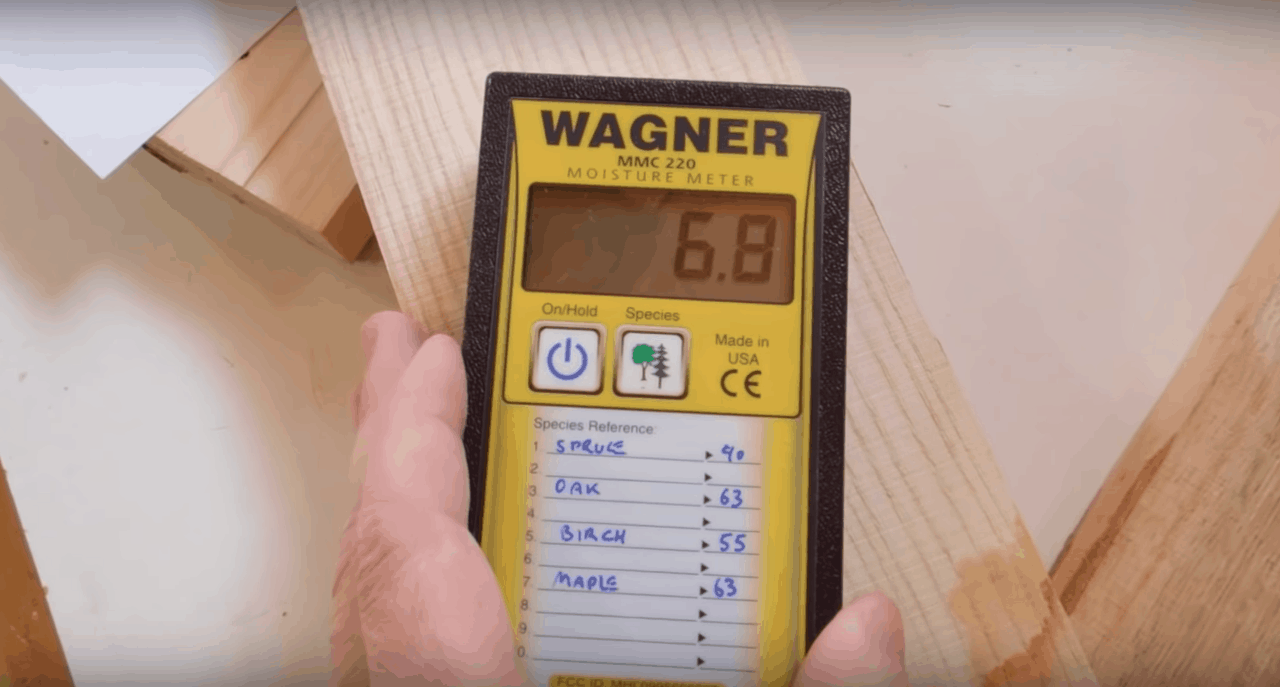
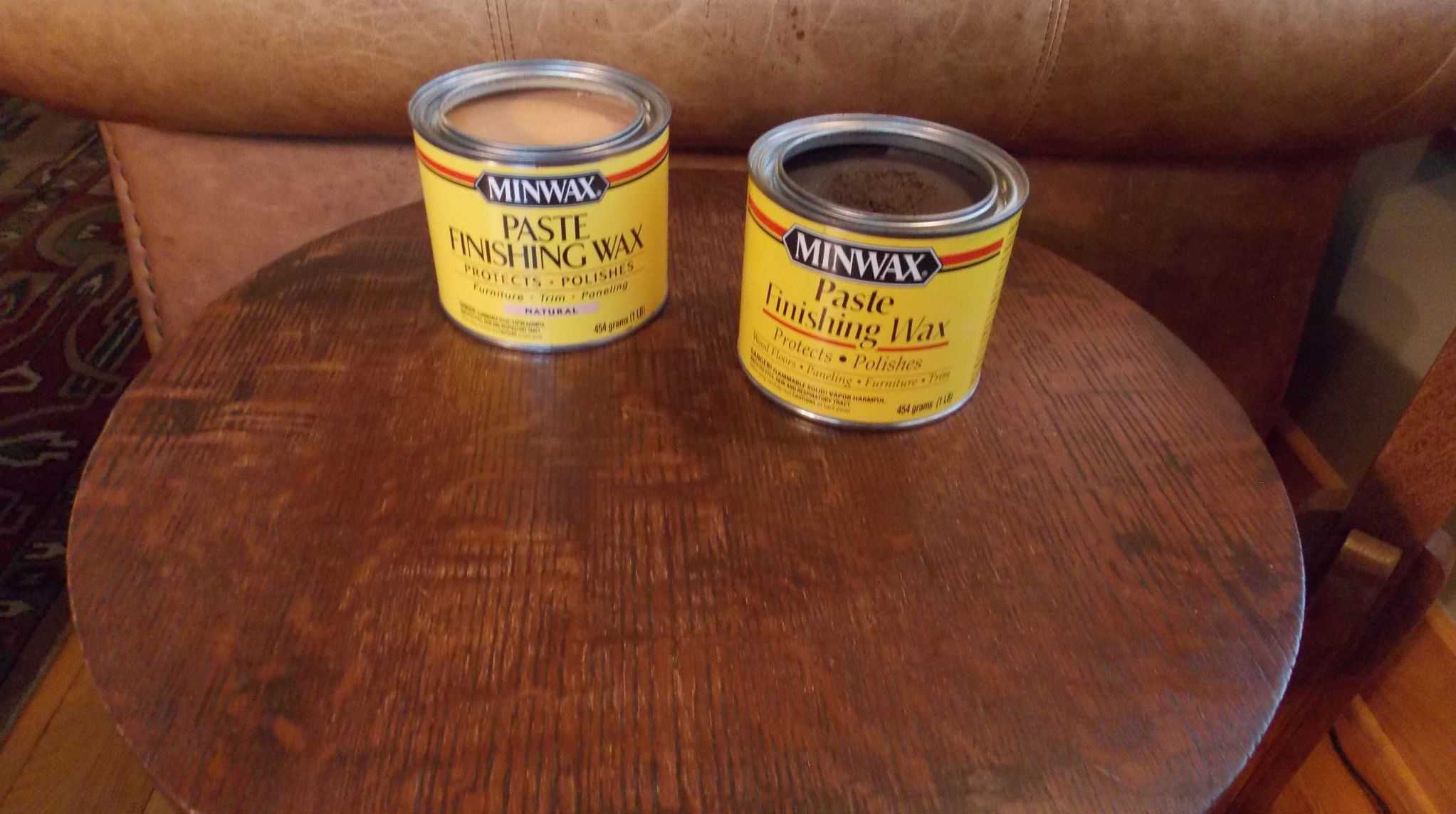
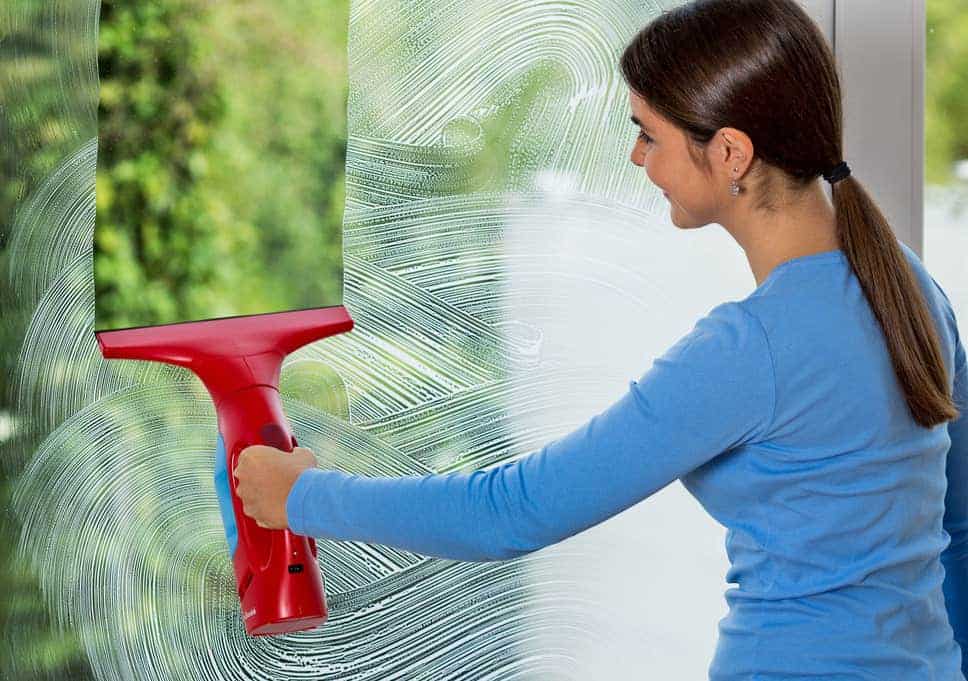
![7 Best Grease Guns in [year] 18 7 Best Grease Guns in 2025](https://www.gadgetreview.dev/wp-content/uploads/best-grease-guns-1.png)
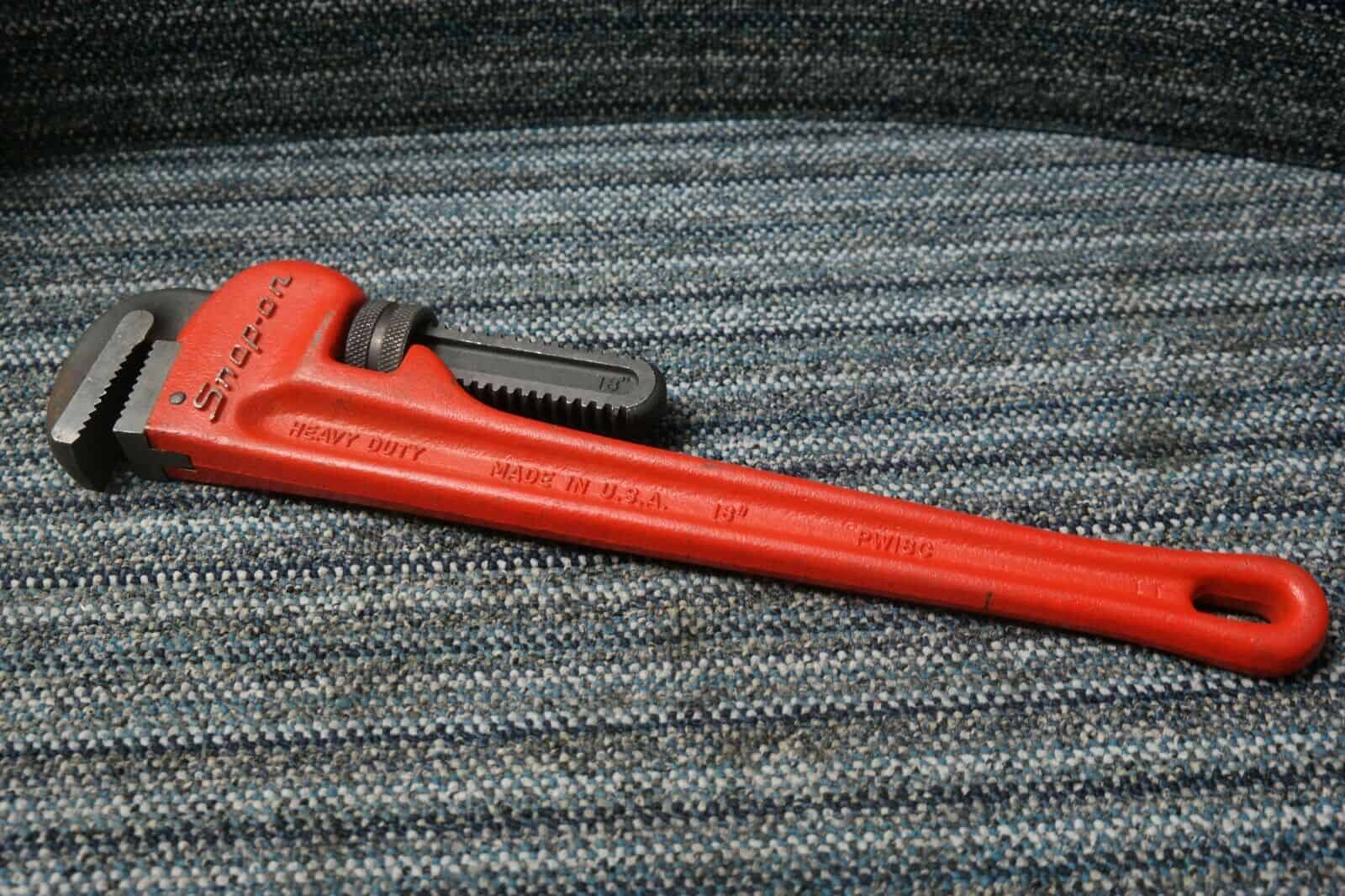
![7 Best Cable Clips in [year] 20 7 Best Cable Clips in 2025](https://www.gadgetreview.dev/wp-content/uploads/Cable-Clips.jpg)
![4 Best Robotic Window Cleaners in [year] 21 4 Best Robotic Window Cleaners in 2025](https://www.gadgetreview.dev/wp-content/uploads/best-robotic-window-cleaners.jpg)
![7 Best Leather Welding Gloves in [year] 22 7 Best Leather Welding Gloves in 2025](https://www.gadgetreview.dev/wp-content/uploads/best-leather-welding-gloves.jpg)
![7 Best Stainless Steel Cleaners in [year] 23 7 Best Stainless Steel Cleaners in 2025](https://www.gadgetreview.dev/wp-content/uploads/best-stainless-steel-cleaner.png)
![7 Best Portable Closets in [year] 24 7 Best Portable Closets in 2025](https://www.gadgetreview.dev/wp-content/uploads/best-portable-closet.jpg)
![5 Best Pole Saws in [year] 25 5 Best Pole Saws in 2025](https://www.gadgetreview.dev/wp-content/uploads/best-pole-saw.jpg)
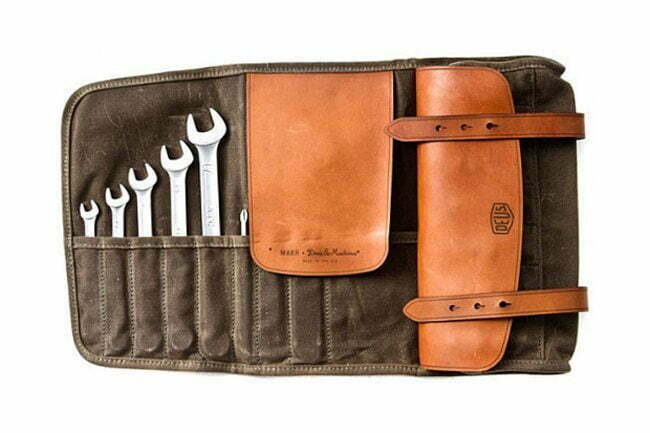
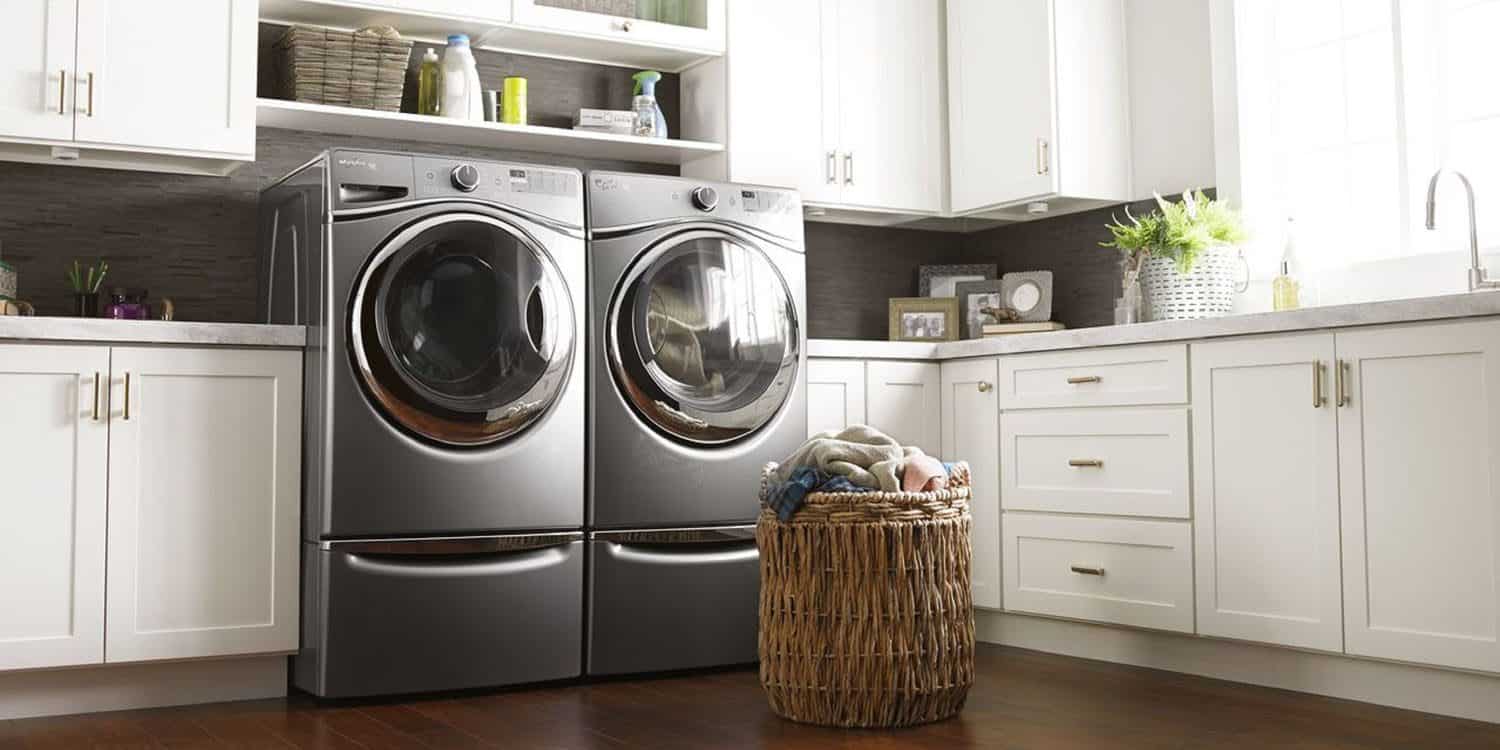
![7 Best Adjustable Wrenches in [year] 28 7 Best Adjustable Wrenches in 2025](https://www.gadgetreview.dev/wp-content/uploads/best-adjustable-wrench.jpg)
![6 Best Thermal Cameras in [year] 29 6 Best Thermal Cameras in 2025](https://www.gadgetreview.dev/wp-content/uploads/best-thermal-cameras.jpg)
![6 Best Speaker Shelfs to Enhance Your System in [year] 30 6 Best Speaker Shelfs to Enhance Your System in 2025](https://www.gadgetreview.dev/wp-content/uploads/best-speaker-shelf-to-enhance-your-system.jpg)
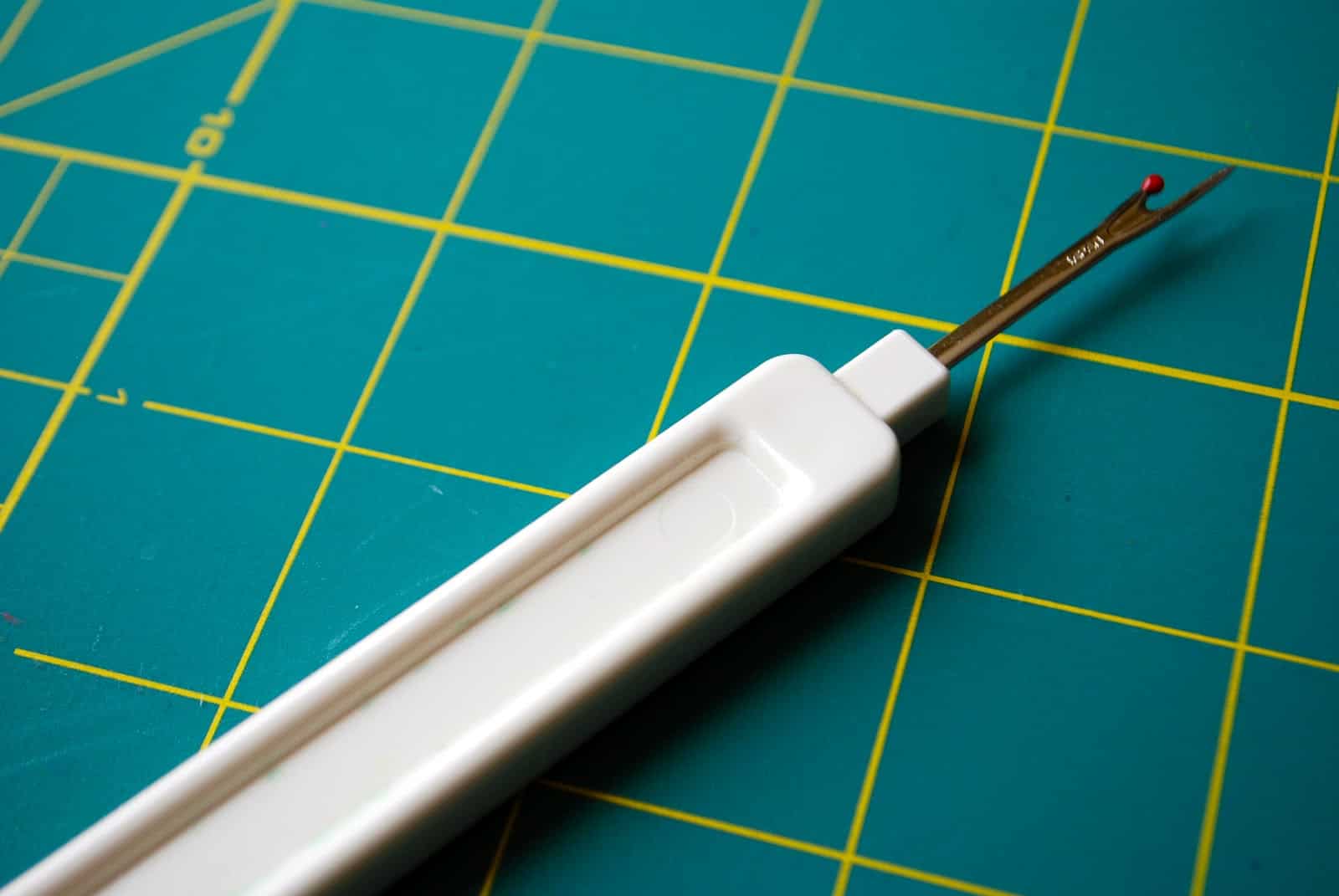
![7 Best Magnetic Screen Doors in [year] 32 7 Best Magnetic Screen Doors in 2025](https://www.gadgetreview.dev/wp-content/uploads/best-magnetic-screen-door.jpg)
